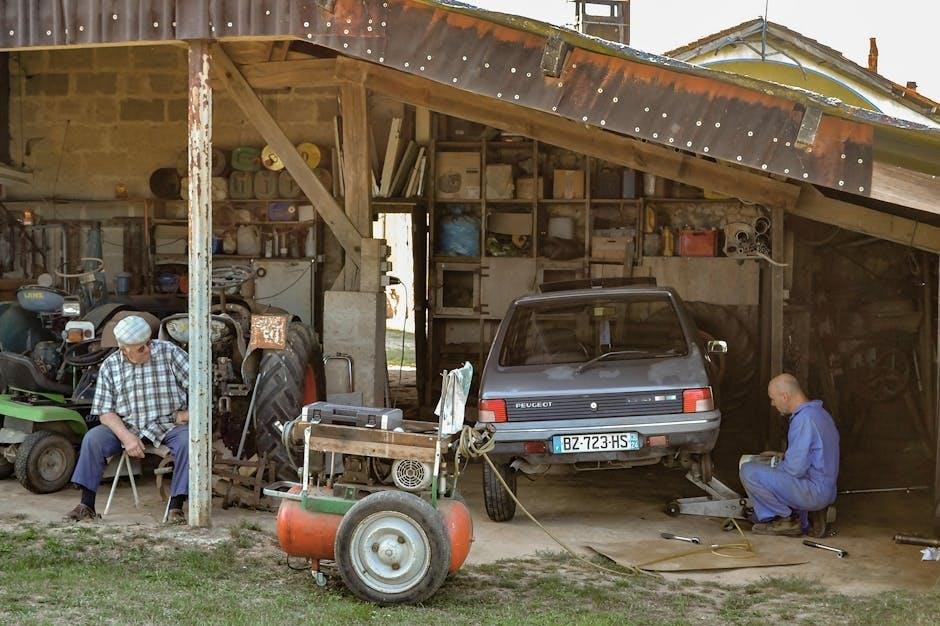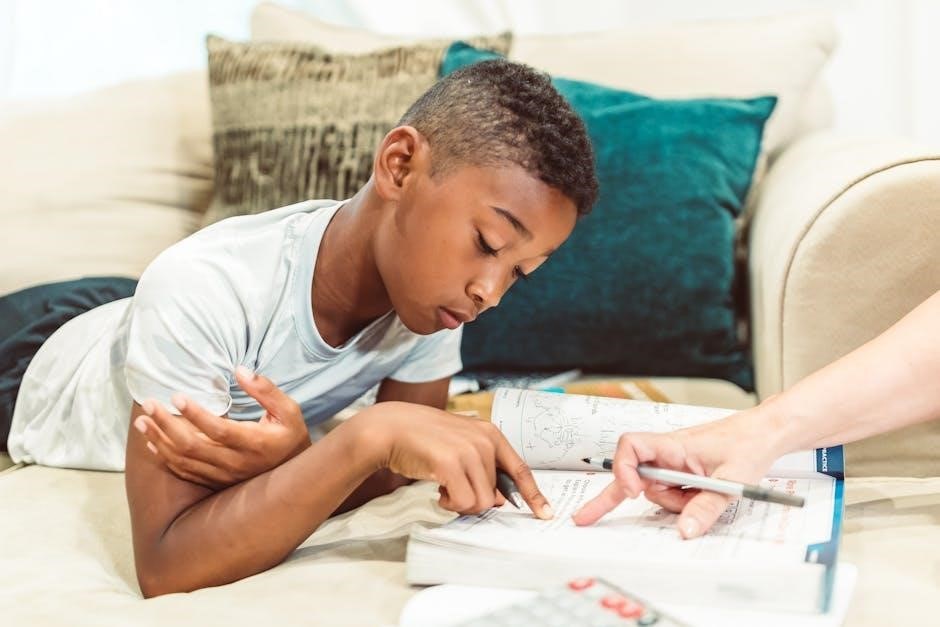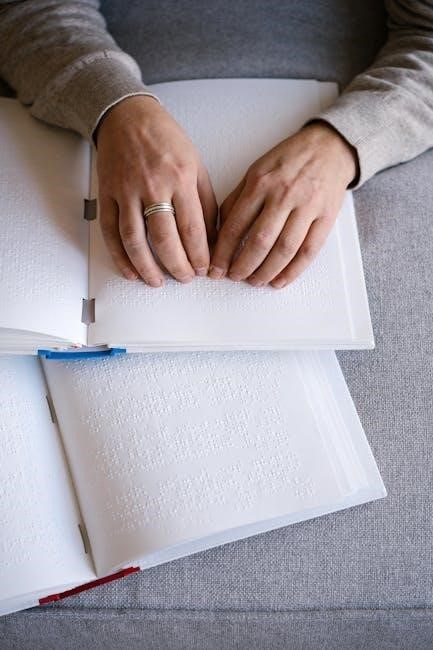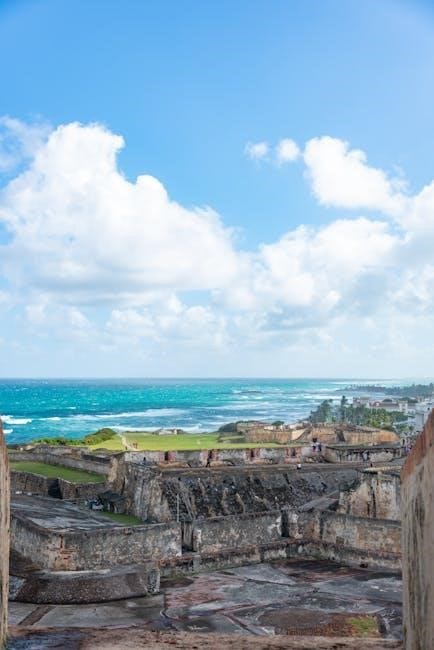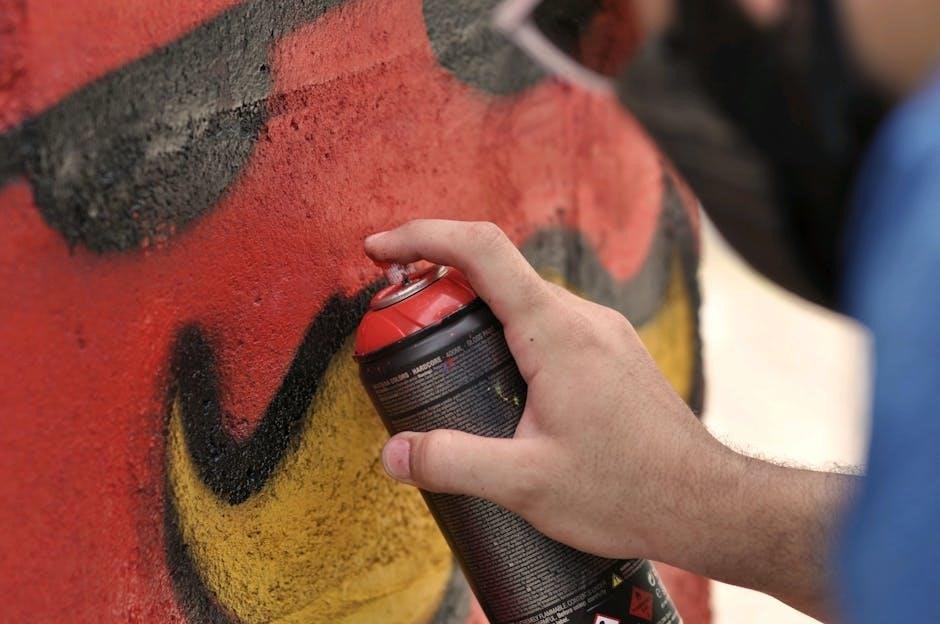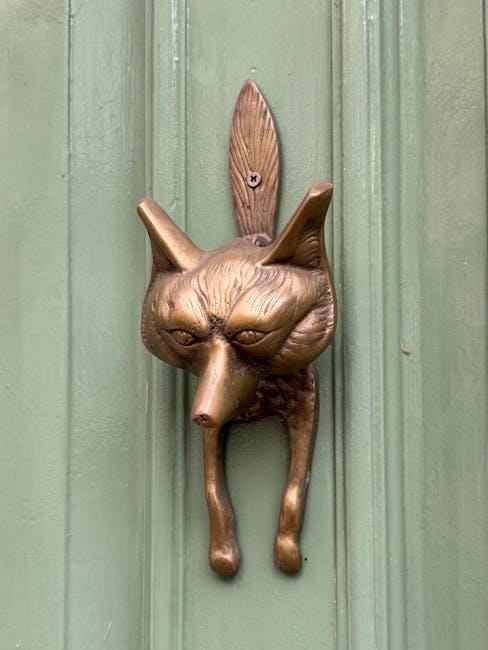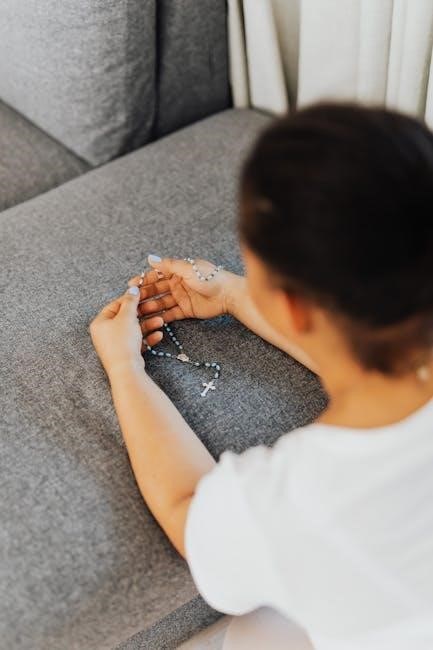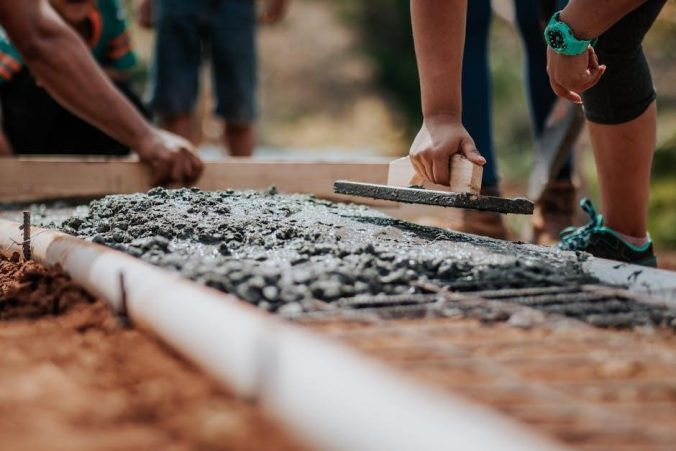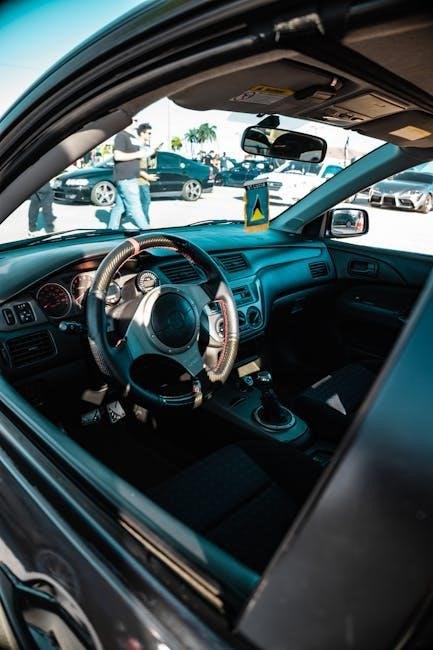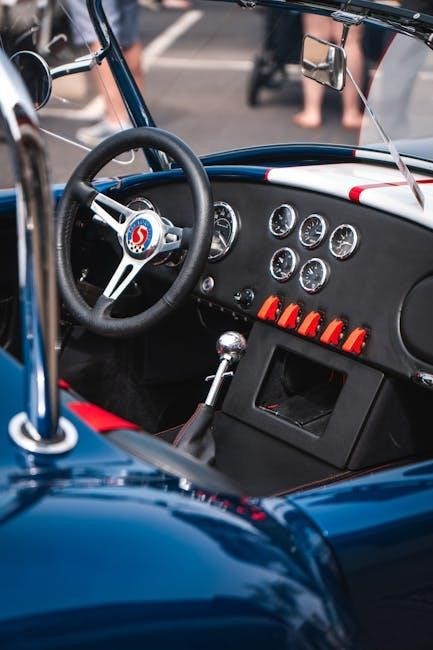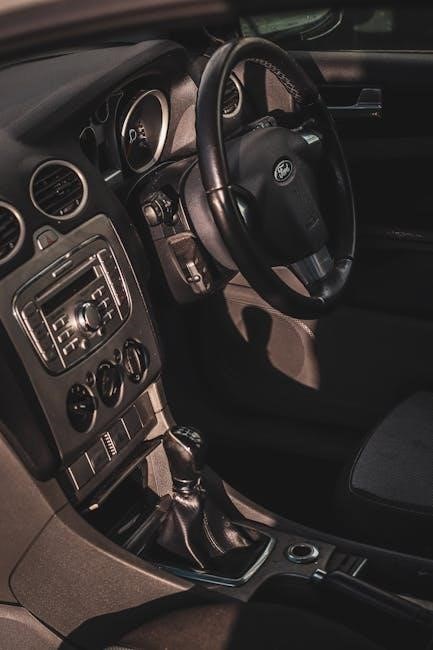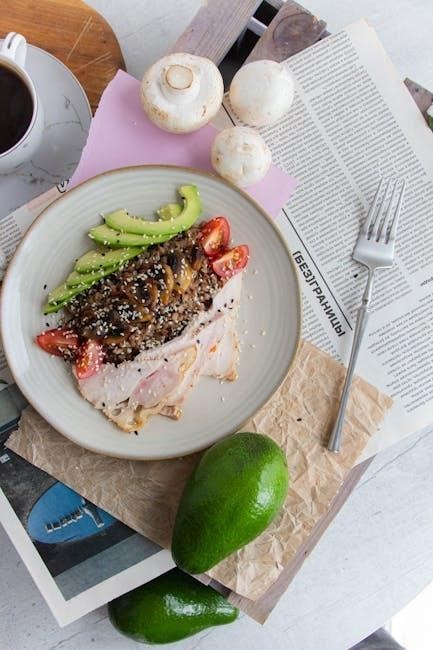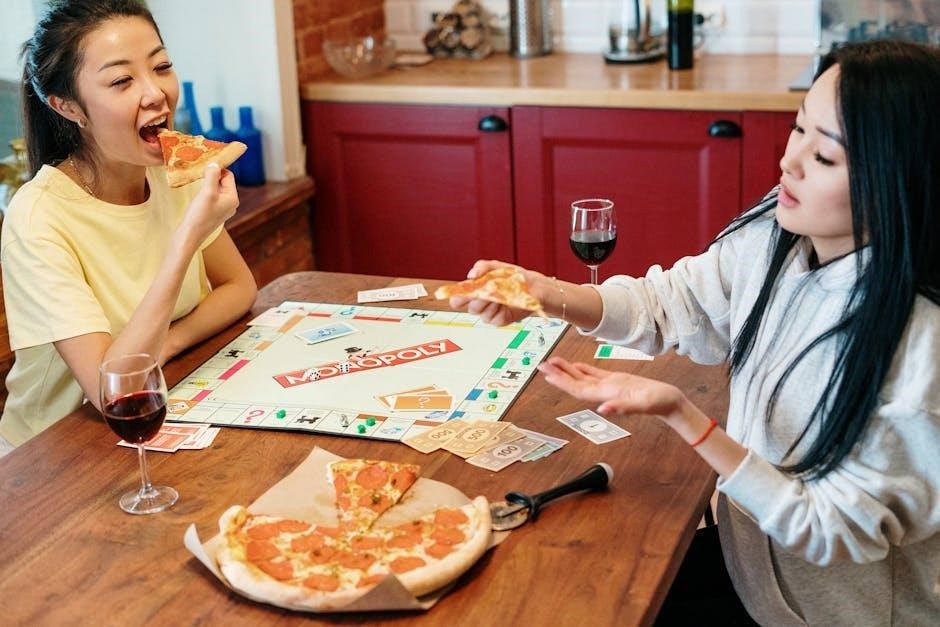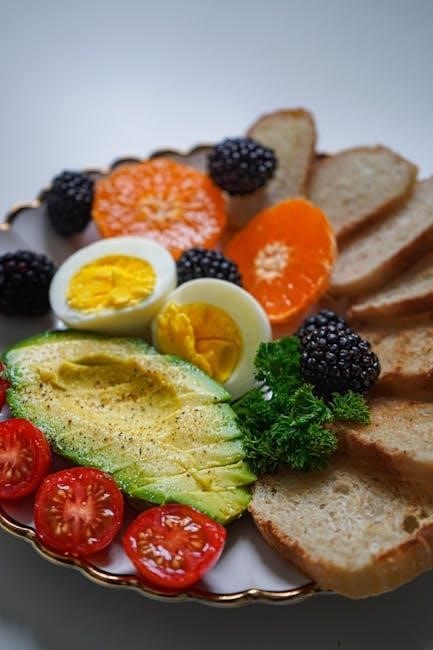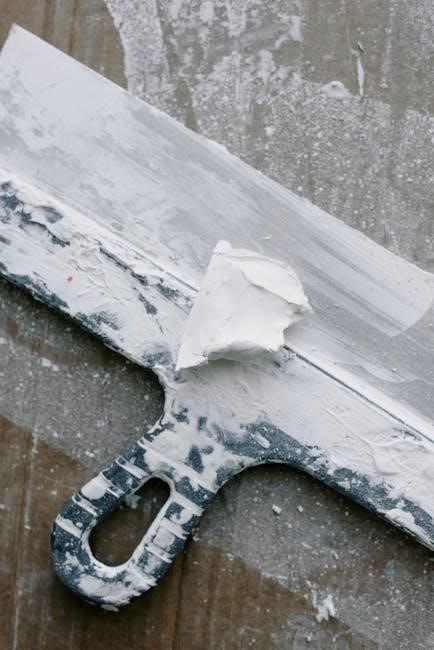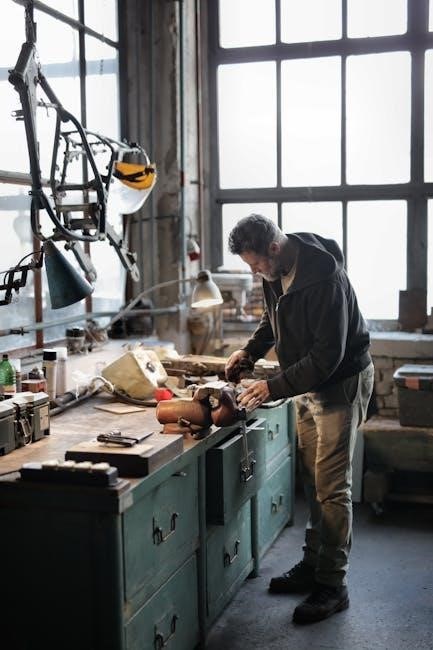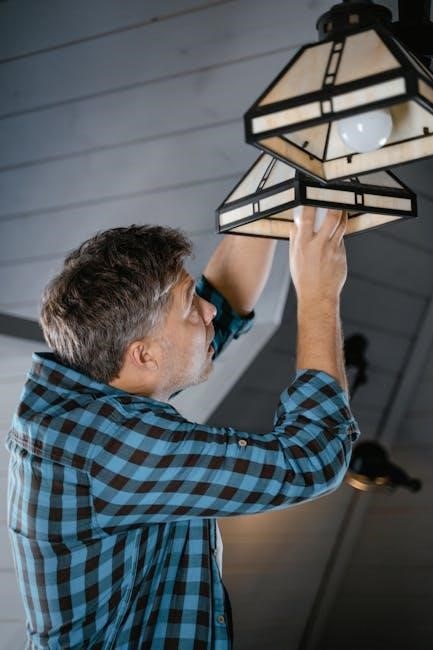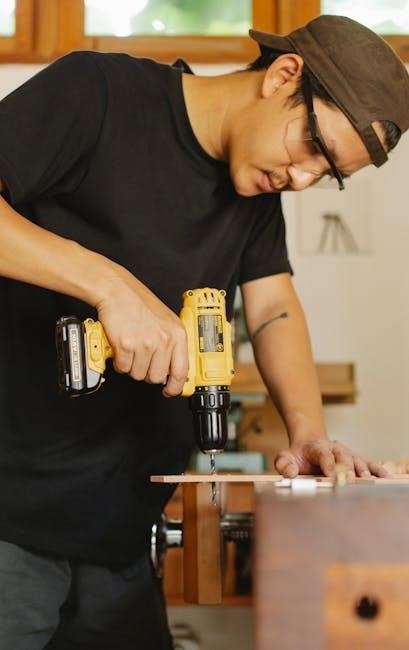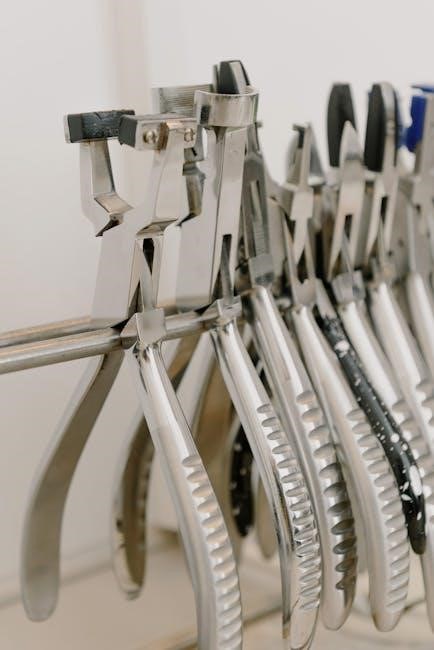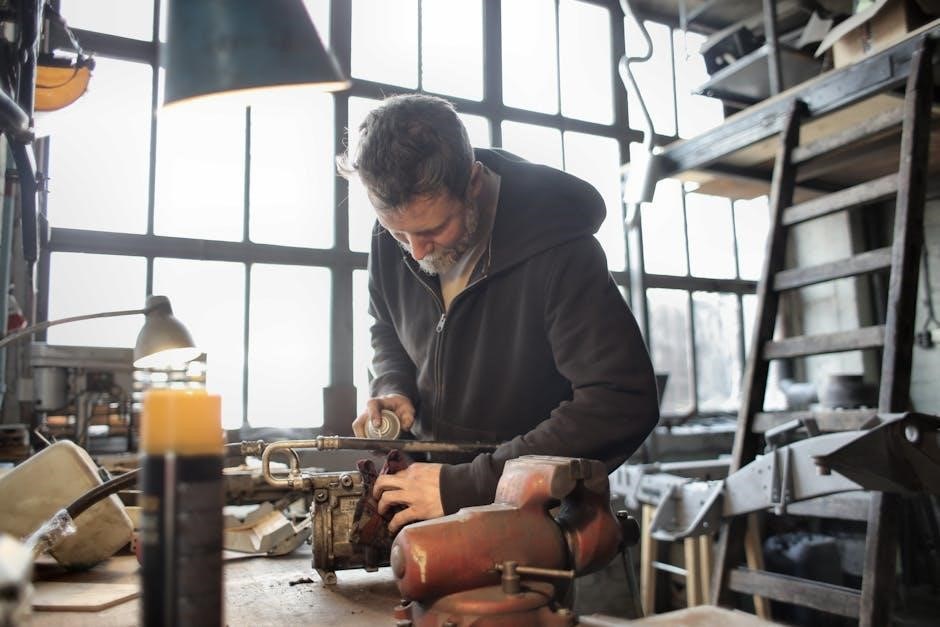Pool tables come in various sizes, from 7-foot recreational models to 9-foot tournament-level options. Choosing the right size ensures optimal playability and fits your space perfectly. Measure your room carefully, considering cue length and player comfort for the best experience.
Overview of Standard Pool Table Dimensions
Standard pool table dimensions vary to suit different spaces and preferences. Common sizes include 7ft (78″ x 39″), 8ft (80″ x 40″), and 9ft (90″ x 45″) in the playing area. These measurements ensure consistent playability and fairness. The 4×8 table is the most popular for home use, while 9ft tables are ideal for tournaments. Always consider room size and cue length when selecting a table for optimal enjoyment and convenience.
Importance of Choosing the Right Size for Your Space
Selecting the correct pool table size is crucial for ensuring playability and enjoyment. A table that is too large may restrict cue movement, while one too small can compromise performance. Measure your room carefully, considering cue length and player clearance. Proper sizing ensures optimal functionality and aesthetic appeal, making the table a seamless addition to your space.

Common Pool Table Sizes
Pool tables are available in various sizes, with 7-foot, 8-foot, and 9-foot being the most common. These sizes cater to different spaces and playing preferences, ensuring versatility and enjoyment.
7-Foot Tables: Dimensions and Room Requirements
A 7-foot pool table is a popular choice for home use, offering a balance between size and playability. Its dimensions are typically 7 feet long (213 cm) and 3.5 feet wide (107 cm). The recommended room size is approximately 4 meters by 5 meters to accommodate the table and cue sticks comfortably. This size is ideal for smaller spaces while still providing an enjoyable gaming experience.
8-Foot Tables: Dimensions and Room Requirements
An 8-foot pool table measures 8 feet (244 cm) in length and 4 feet (122 cm) in width. The recommended room size is approximately 4.4 meters by 5.5 meters to allow ample space for cue sticks and player movement. This size is a popular choice for home use, offering a great balance between size and playability, and fits well in medium-sized rooms for an enjoyable gaming experience.
9-Foot Tables: Dimensions and Room Requirements
A 9-foot pool table measures 9 feet (274.3 cm) in length and 4.5 feet (137.2 cm) in width. It requires a room size of approximately 4.6 meters by 5.9 meters. The minimum recommended space around the table is 2.5 meters to ensure comfortable cue movement. Ideal for professional play, this size offers a premium experience but demands a larger dedicated area for optimal performance and enjoyment.
Materials and Thickness
Pool tables are typically made of slate, wood, or MDF. Slate is the most durable and standard for high-quality tables. Thickness varies, with 1-inch slate being ideal for professional play, while 3/4-inch MDF is a cost-effective option for home use. Rail width also impacts performance, with wider rails offering better cushion quality and stability during gameplay.
Table Slate Thickness and Its Impact on Performance
Table slate thickness significantly impacts playability and durability. A 1-inch slate is standard for professional tables, offering a smooth, consistent surface. Thicker slates reduce vibration and ensure accurate ball roll. Tournaments often require 1-inch slate, while 3/4-inch slate is common in home tables. The slate’s thickness affects the table’s weight, stability, and overall performance, making it a critical factor in selecting a high-quality pool table for both recreational and competitive use.
Rail Width and Cushion Quality
Rail width and cushion quality are crucial for consistent ball response. Professional tables typically have 4-7.5 cm wide rails, ensuring precise cushioning. Wider rails provide better stability, while narrower rails allow for faster play. High-quality cushions made from rubber or synthetic materials enhance accuracy and control. Properly maintained cushions prevent ball skidding, ensuring a smooth, even roll. Rail and cushion quality directly impact the table’s performance, making them essential considerations for both home and tournament-level tables.

Measuring Your Pool Table
Measuring your pool table accurately ensures proper fit and functionality. Measure the playing surface length and width, then calculate the overall dimensions including rails and pockets for precise sizing.
How to Measure the Playing Area
To measure the playing area, start by identifying the inner dimensions of the table, excluding the rails and pockets. Use a tape measure to record the length and width. The playing area is smaller than the overall table size, so ensure accuracy. For example, a 7-foot table has a 39-inch width, while a 9-foot table is 50 inches wide. Always double-check measurements for precision.
Calculating the Minimum Room Size Required
To determine the minimum room size, consider the table’s dimensions, cue length, and player movement. Add 58 inches (average cue length) plus 6 inches for backswing to both length and width. For example, a 7-foot table requires a room at least 11×14 feet, while a 9-foot table needs 13×16 feet. Ensure adequate space for comfortable play by adding 2.5 feet around the table for optimal cueing.

Customization Options
Customize your pool table with various cloth colors and high-quality materials. Explore unique designs, finishes, and accessories to personalize its appearance and complement your home decor perfectly.
Choosing the Right Cloth Color and Quality
Selecting the right cloth color and quality enhances both aesthetics and performance. Colors should complement your room’s decor, while higher-quality cloths offer durability and a smoother playing surface. Consider materials like worsted wool for professional play or napped cloth for recreational use. Ensure the cloth is tightly stretched and evenly finished to maintain consistent ball roll. Proper cloth selection and installation are essential for optimal gameplay and longevity of your table.
Custom Table Designs and Finishes
Custom pool tables offer unique designs and finishes to match your style. Choose from materials like wood or metal, with finishes ranging from classic cherry to modern black. Some designs include LED lighting or intricate artwork. Personalize the legs, rails, or pockets for a one-of-a-kind look. Ensure the design complements your room decor and reflects your personal taste, making the table a standout piece in your space.
Setting Up Your Pool Table
Setting up your pool table involves assembling and positioning it in your space. Secure all parts tightly and make necessary adjustments ensuring optimal playability.
Leveling the Table for Optimal Play
Proper leveling ensures even play and prevents ball deflection. Use shims to adjust the legs for a perfectly balanced surface. Check the table with a spirit level, focusing on the slate. Ensure the playing area is flat and even, as any tilt can affect gameplay. Tighten all bolts securely after leveling to maintain stability and precision. A well-leveled table enhances accuracy and overall performance for players of all skill levels.
Installing the Slate and Ensuring Precision
Installing the slate requires extreme care to ensure a smooth, even surface. Place the slate on the table frame, aligning it perfectly with the edges. Secure it with bolts, tightening gradually to avoid warping. Use a spirit level to verify flatness and shim as needed for perfect alignment. Proper installation ensures precise ball movement and consistent play. A well-installed slate is essential for maintaining the table’s performance and longevity over time.
Maintenance and Care
Regularly clean the cloth with a brush and mild detergent to prevent dust buildup. Wax wood surfaces annually to protect them from moisture. Ensure the table remains dry to maintain its condition and performance over time.
Cleaning and Brushing the Cloth
Regularly cleaning the pool table cloth is essential to maintain its condition and performance. Use a high-quality brush to gently remove dust and dirt from the surface. For spot cleaning, apply a mild detergent solution to stains, then rinse thoroughly with clean water. Avoid using harsh chemicals, as they can damage the cloth. Brushing should be done weekly, while deeper cleaning may require professional service to ensure longevity and optimal playability.
Waxing and Protecting the Wood Surfaces
Regular waxing is crucial for protecting and maintaining the wooden components of your pool table. Use a high-quality furniture wax, applying it evenly with a soft cloth in circular motions. Allow the wax to dry before buffing to a shine. Avoid exposing the wood to direct sunlight or harsh chemicals, as this can cause fading or damage. Proper care ensures the wood remains durable and visually appealing for years of enjoyment.

Pool Table Size Comparison Chart
This chart provides a quick reference for pool table dimensions, including 7-foot, 8-foot, and 9-foot models, along with their respective room size requirements for optimal playability and comfort.
Dimensions and Minimum Room Sizes at a Glance
A 7-foot table measures 78″ x 39″ with a minimum room size of 11′ x 14′. An 8-foot table is 84″ x 42″, requiring 12′ x 15′. A 9-foot table is 90″ x 45″, needing 13′ x 16′. For a 10-foot snooker table, dimensions are 98″ x 49″ with a room size of 14′ x 17′. These sizes ensure ample space for cue movement and comfortable play.
Choosing the right pool table size ensures years of enjoyment. Consider space, table dimensions, and maintenance for optimal playability and satisfaction.
Final Tips for Selecting the Perfect Pool Table
Measure your space accurately, considering cue length and player comfort. Invest in a table with a durable slate thickness for better performance. Choose rails with quality cushions for consistent play. Select a cloth color that matches your decor and ensure proper leveling during setup. Regular maintenance, like cleaning and waxing, will extend the table’s lifespan and keep it looking great for years.
Ensuring Longevity and Enjoyment
Regular cleaning and brushing of the cloth prevent dust buildup and extend its lifespan. Waxing wood surfaces protects them from damage and maintains their appearance. Proper leveling ensures even play and prevents wear. Store cues and balls neatly to avoid scratches. Inspect and replace worn cushions or pockets as needed for consistent performance. A well-maintained table offers years of enjoyment and enhances your gaming experience.


